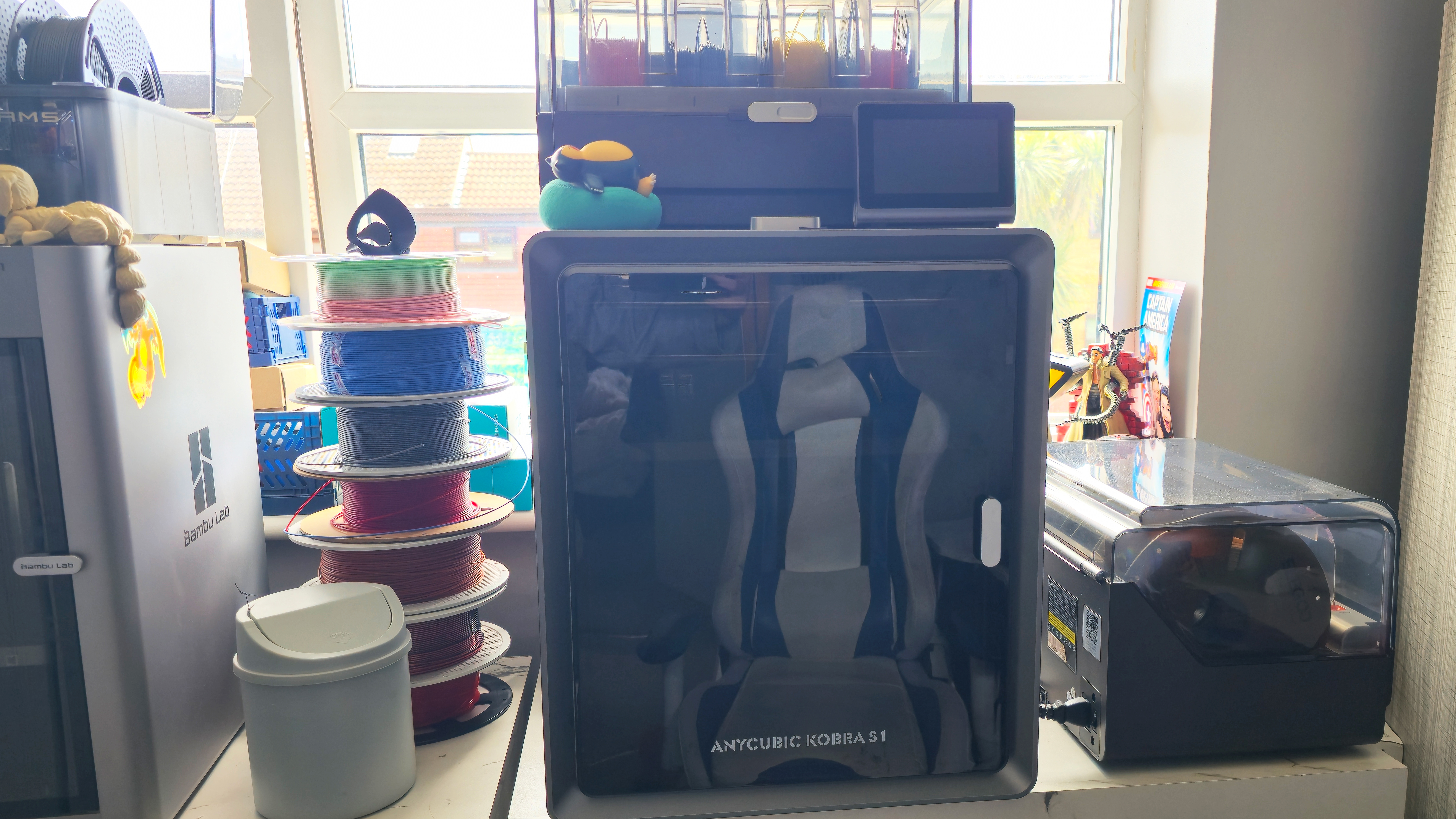"Running an agency is not for the faint-hearted": A day in the life of Red Setter founder Claire Blyth
Claire is passionate about changing the mindset of the design industry.

Brighton-based Claire Blyth is busy. Not only is she the founder of design-focused PR agency, Red Setter, she is also the host of My Life in Design podcast and co-founder of the Creative Industry Alliance, which is campaigning to save art and design in state schools. On top of that, she is the co-founder of Flock, Brighton's regular design meetup.
Through it all, she is a passionate and vocal advocate for the value that brand design brings to business and society. As part of our Day in the life series, I caught up with her to find out how she juggles her various commitments, why she founded Red Setter and discover more about the Creative Industry Alliance.
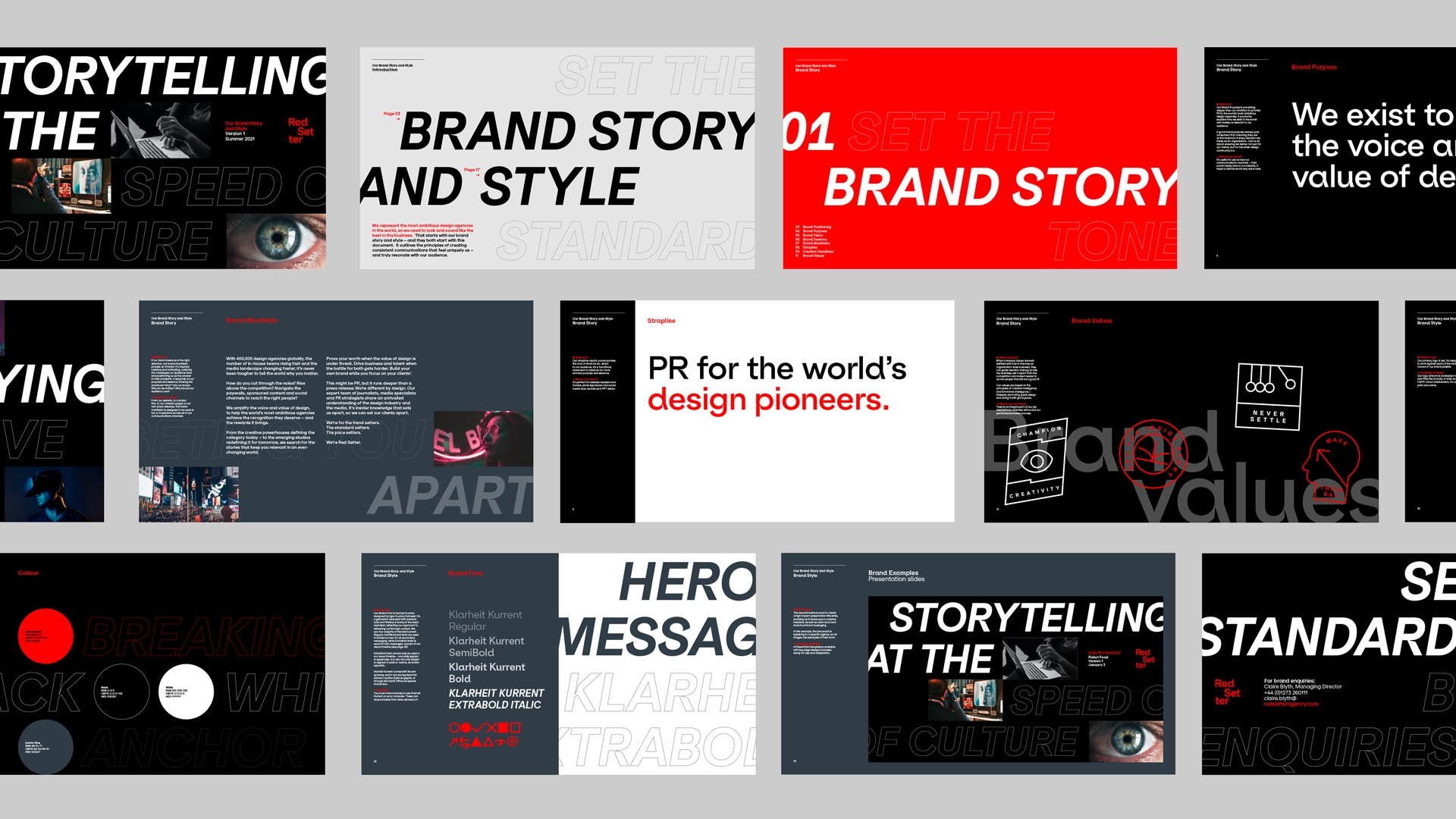
Tell me about a typical day in your role
My days are varied depending on what hat I have on, but I try to be in the office two-three times a week, which is time for internal team catch ups, speaking to clients and new agencies. The other days I’m often travelling and meeting up with both clients and with key figures in design to talk about the some of the challenges the industry is facing and what we can do together to tackle them (diversity, funding cuts to arts education, etc).
When I’m working on the podcast My Life in Design, I’m busy arranging it all. From speaking to potential guests, meeting them, recording in person if I can, then editing and everything else needed to make that happen.
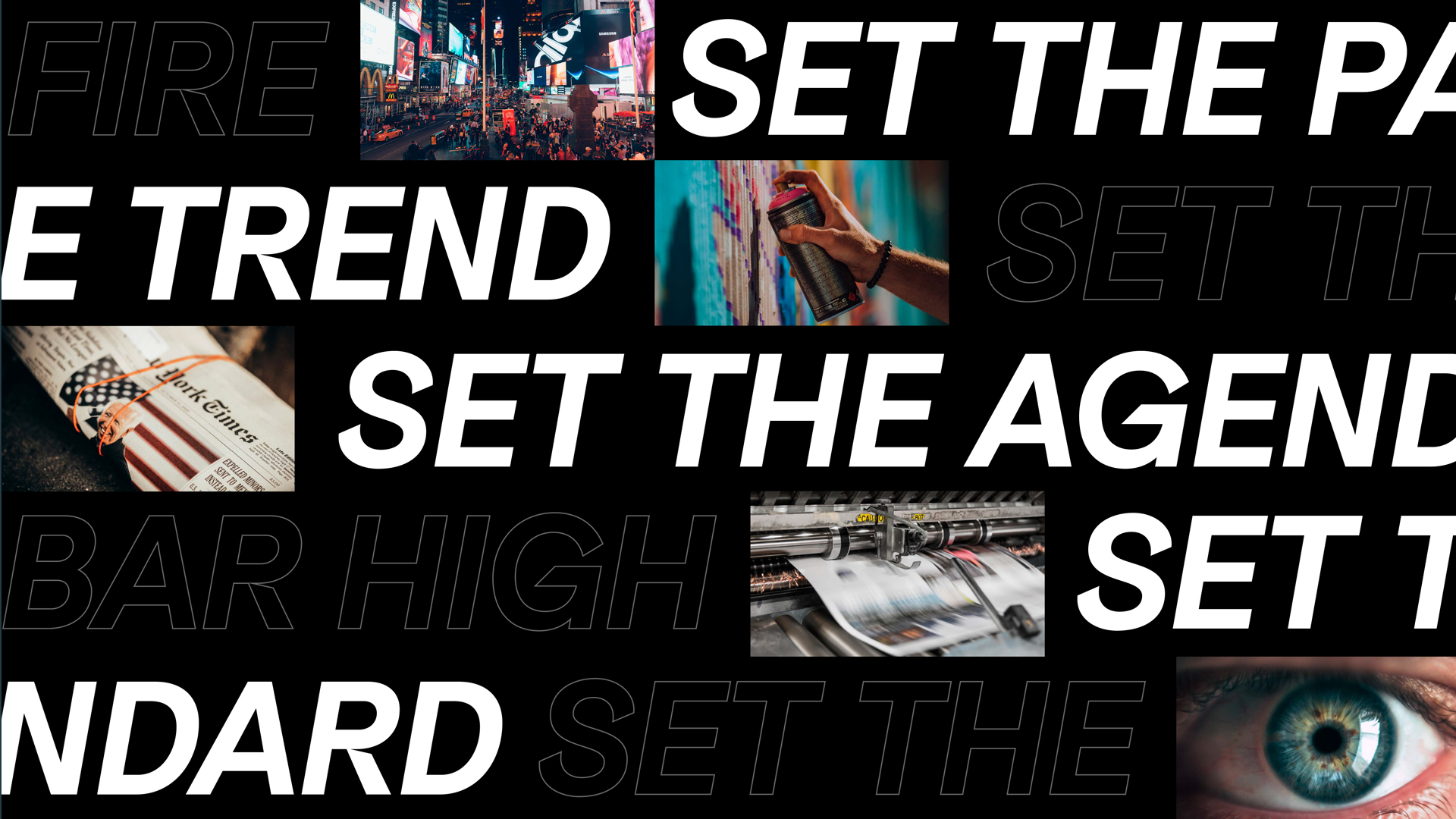
What was your early career like?
I didn’t follow my initial interest in graphic design because a careers advisor at school told me it was too competitive! I ended up doing a degree in biology, but quickly realised that I wouldn’t be happy in a scientific career. I followed my heart into the creative industries, starting out at David Knight Advertising.
It was a great opportunity that allowed me to look at all the roles within a creative agency environment, including areas like media buying and planning, but it was the brand side from the very start that really excited me. It felt like the scientific application of art, the linking up of both sides of my brain and I found the depth of it really interesting. That was the start of my journey in brand design, leading up to founding Red Setter in 2009.
Why did you start Red Setter?
I wanted to help the design industry find their voice. Their work is an invaluable part of business and society, yet most people have no idea what brand design even is. The mission behind Red Setter is to help raise the voice and value of design.
The lack of understanding around design’s power starts in schools where there’s often no value put on arts subjects. Teachers don’t know about the potential careers in the creative industries and so there’s a lack of understanding of what a job in design could look like. It’s a bigger ongoing mission that I’m really excited to be part of and to be able to use my voice to draw attention to it and getting education bodies, parents, and governments to listen. PR is an essential part of this.
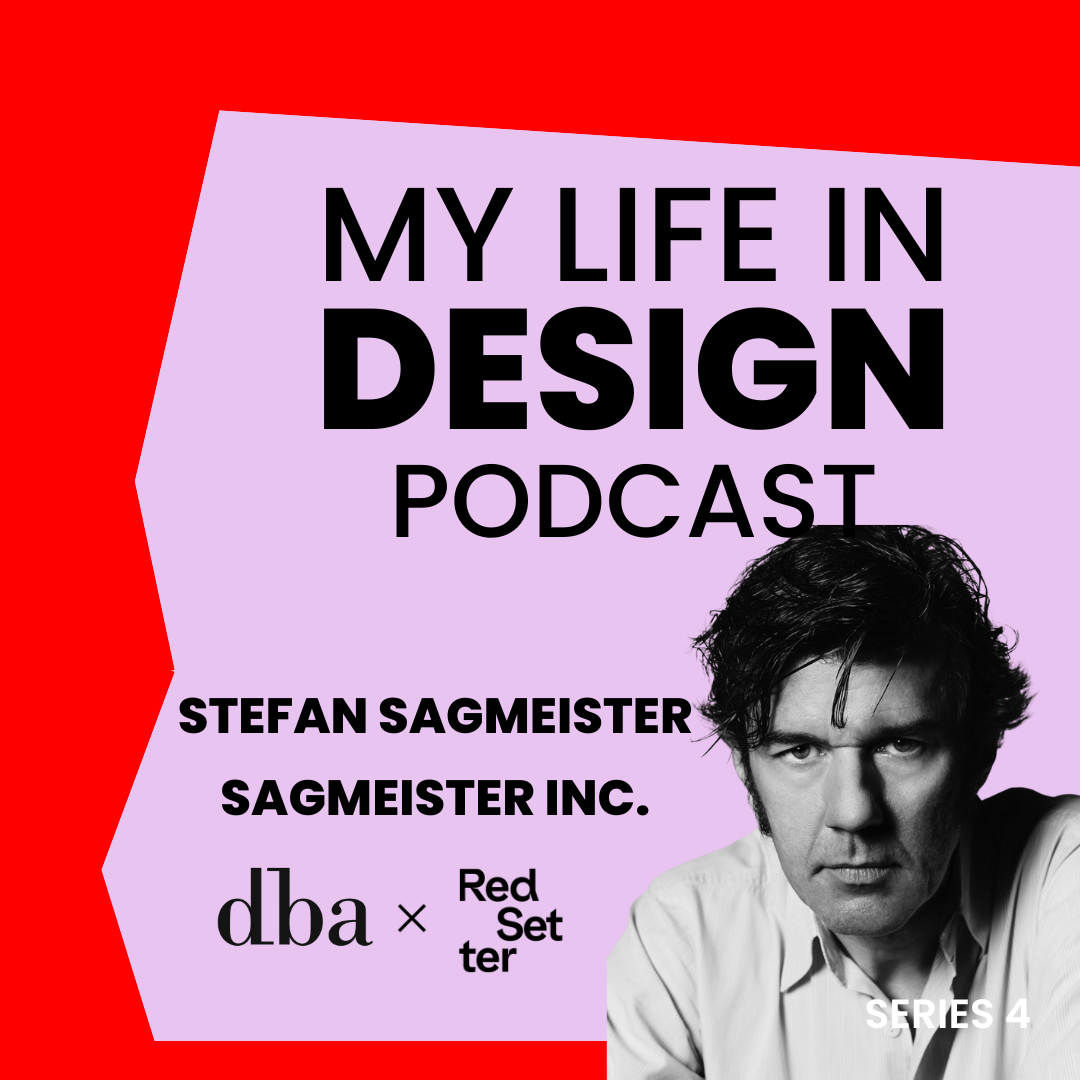
Which project are you most proud of and why?
My podcast My Life in Design. I launched the podcast almost two years ago, with the idea of speaking to leading people in the design industry to share their career journeys to inspire and support young people entering the industry.
I’ve spoken to over 40 designers so far, with some of my own personal design heroes including Paula Scher, Brian Collins and Stefan Sagmeister, sharing their stories.
I get amazing feedback especially from design students and design schools, and to hear that it’s a recommended resource on many design courses globally means it’s doing what I hoped it would, by joining up design education with industry.
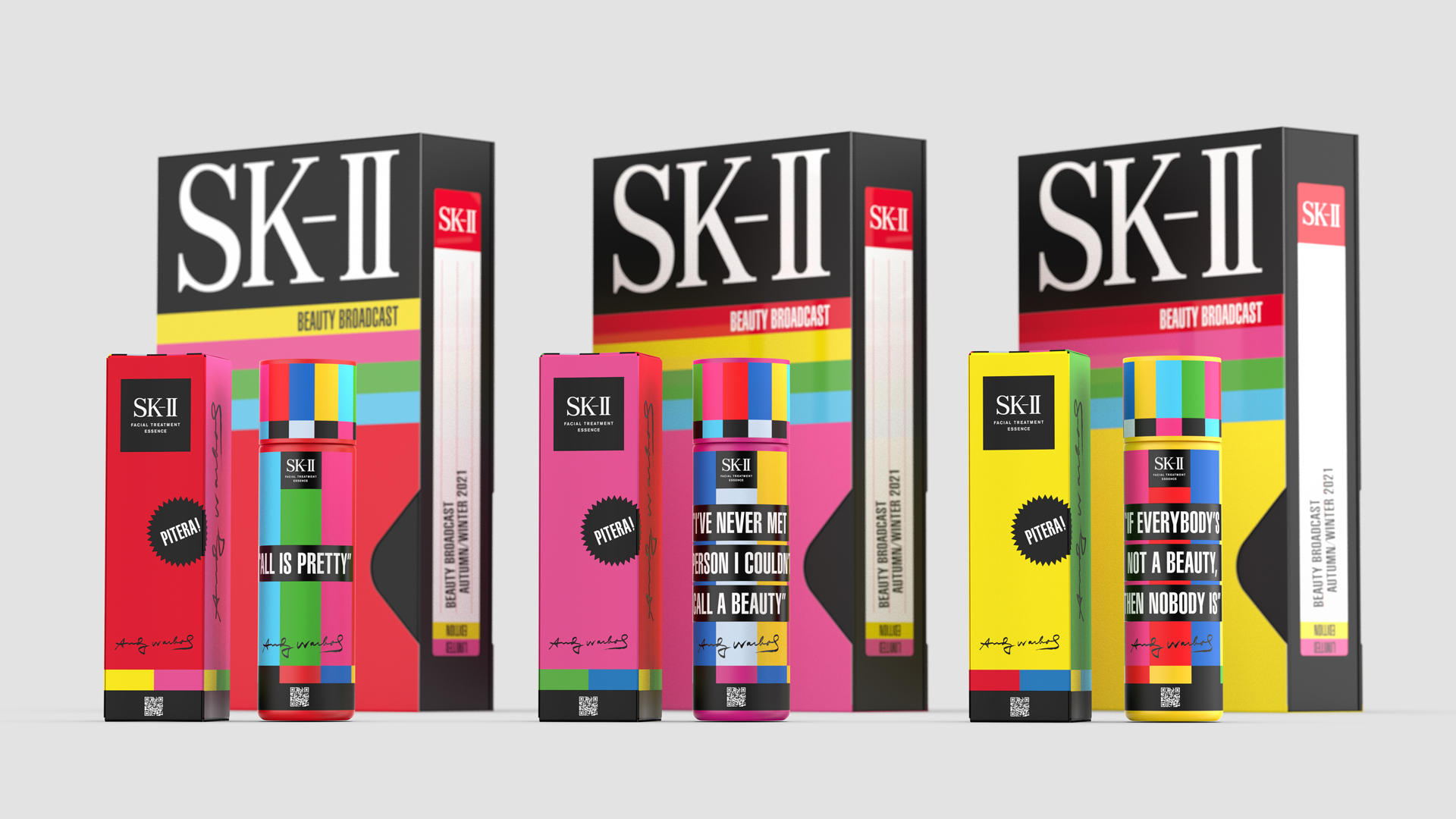
How does your podcast help bridge that gap?
Many agency owners have shared that design graduates are often ill-equipped for the real world, a major recruitment problem, and partly why some grads quit before they even get going.
My aim was to get direct from the horse’s mouth, so to speak, exactly what makes young designers stand out. What can young people do to increase their likelihood of getting an internship etc. Every guest shares their top tips to young designers. The feedback around this aspect of the podcast has been amazing. It’s great to hear a designer’s journey, but even better to feel they are talking directly to you and giving you advice, that’s not easily found elsewhere. We’ve heard that it’s a now recommended resource on many university design courses, which shows it’s helping.

Tell me about a tricky work-related challenge and how you approached it
Trying to change the mindset of the design industry, that its voice needs to be heard everywhere – not just in the echo-chamber of the design world – is an ongoing challenge that I’m working on!
Design is a profession that too often gets its head down to do the job, but doesn’t shout about its successes enough or get enough recognition for what it does. Over time we’ve been showing designers what’s possible; how they can show their work and their thinking via the media, speaking platforms and events. The business media won’t run news releases, but there are many other ways to get them interested in the power of brand design. Appearing in titles outside the creative media is inescapably powerful for their reputation and new business.

Tell me about the Creative Industry Alliance
It’s a joint initiative founded between D&AD president Jack Renwick, JKR ECD Sean Thomas and myself. It came out of conversations about the concerns our industry has on the arts funding cuts in schools by recent governments and the terrible impact it’s having on the industry (lack of diversity is just one major area). We started a petition to get the conversation on the political table, demonstrating the value of the creative industry to the UK’s economy and how important it is to society, but that’s just the beginning. We’ve started to get the support from some major industry names across art, design, film, music etc, so we have plans to make this much bigger and make more noise this year.
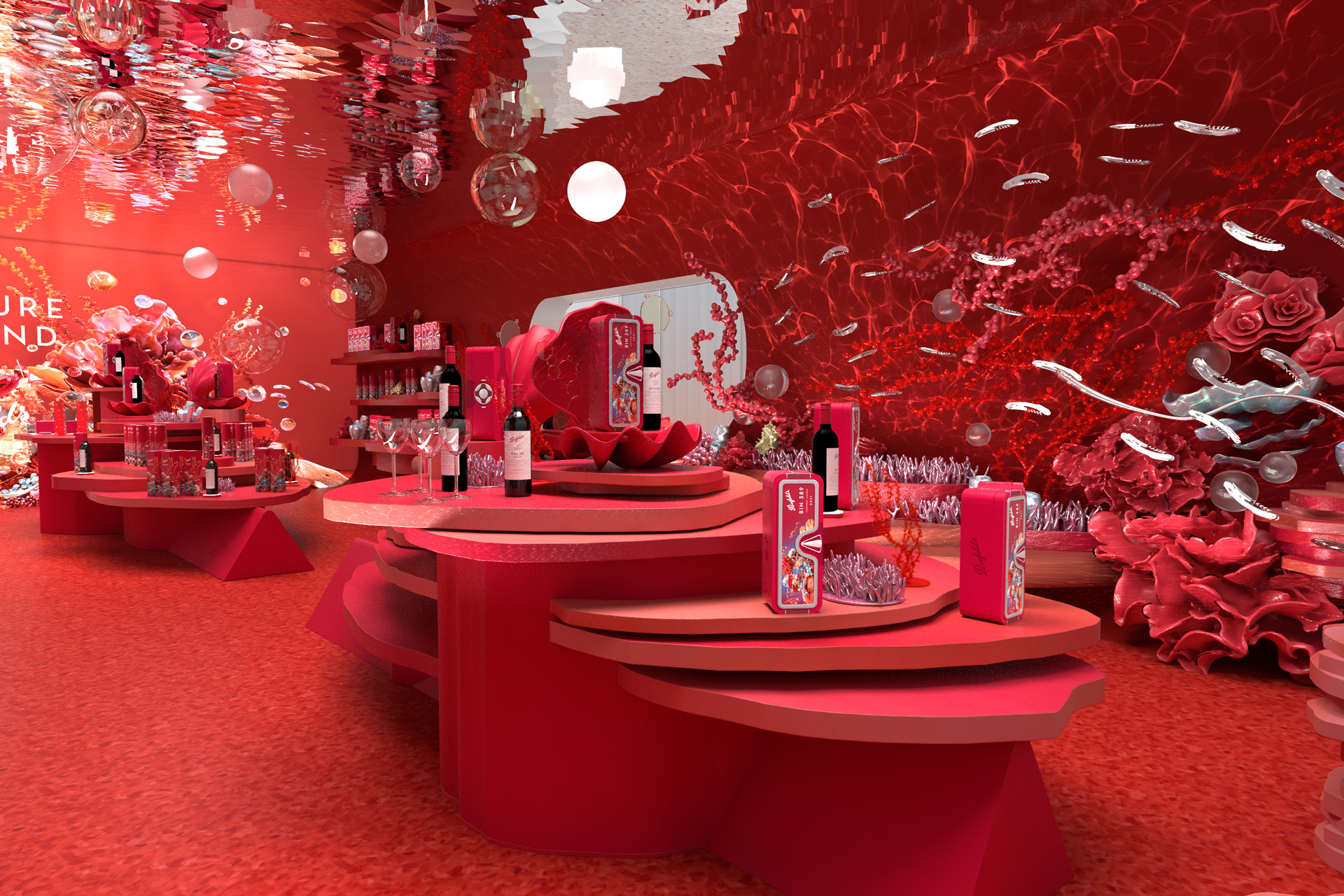
How inclusive is the design industry?
It aspires to be, and so many agencies are doing amazing work in this area. That could change things if the government doesn’t screw it up by taking art and design out of schools. There’s a lot of game-changing stuff going on - School of Communication Arts 2.0, Creative Lives in Progress and D&AD Shift… but always more work needed. I see the Creative Industry Alliance as another part of this puzzle.
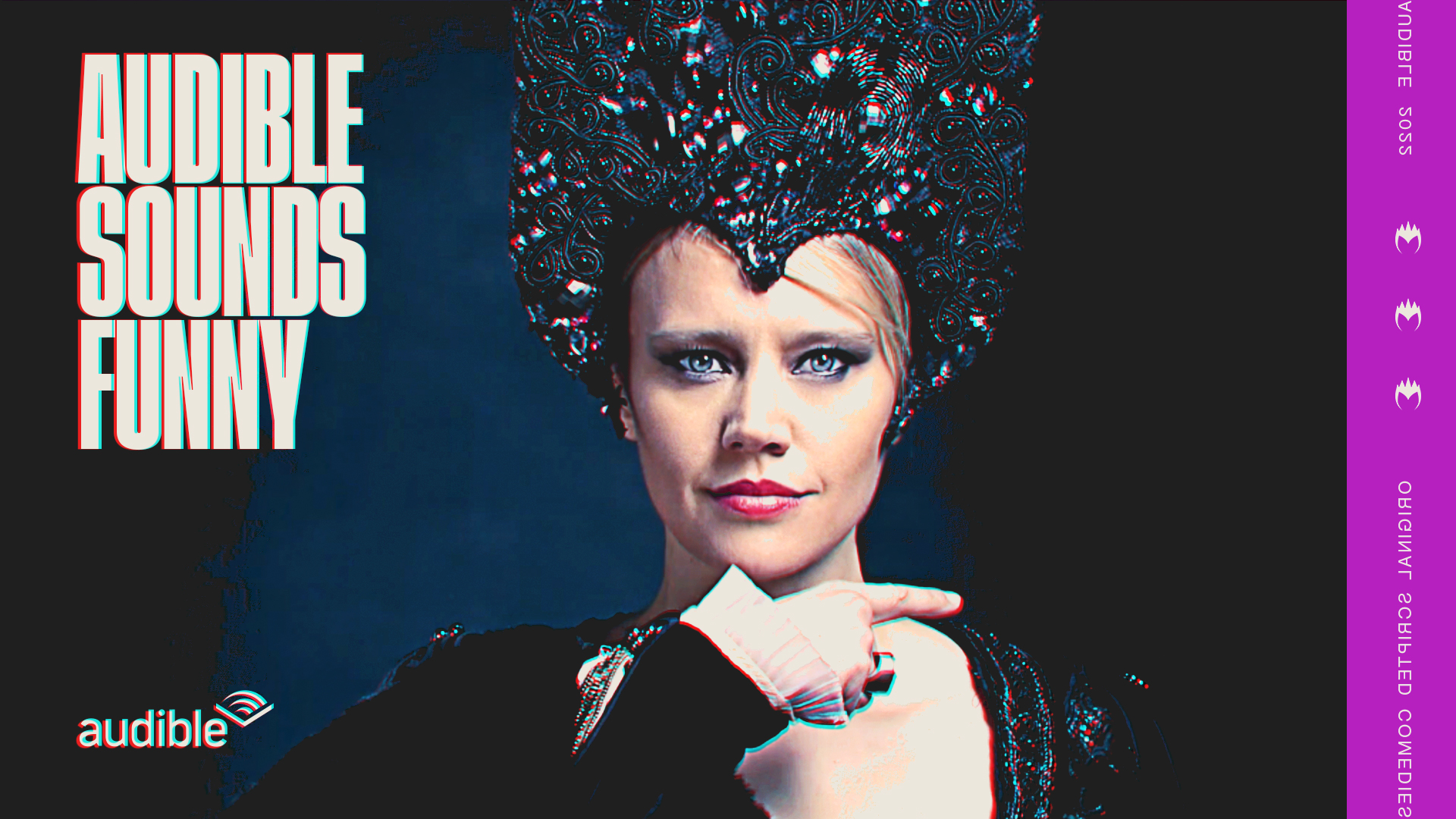
How do you juggle your various roles? Do you think you have good work-life balance?
Work-life balance is essential. Running an agency is not for the faint-hearted and can easily take over every waking minute, but I’m very good at scheduling in my diary what my focus is. Whether that’s new business for PR, client meetings, podcasting, or general networking.
I’m getting better at saying no and looking at my diary to ensure it doesn’t fill me with fear (by doing too much), and that it only fills me with excitement with what’s coming up. This means mentally I’m in a better place to enjoy my friends and family and relax by swimming and DJ-ing at the weekends.
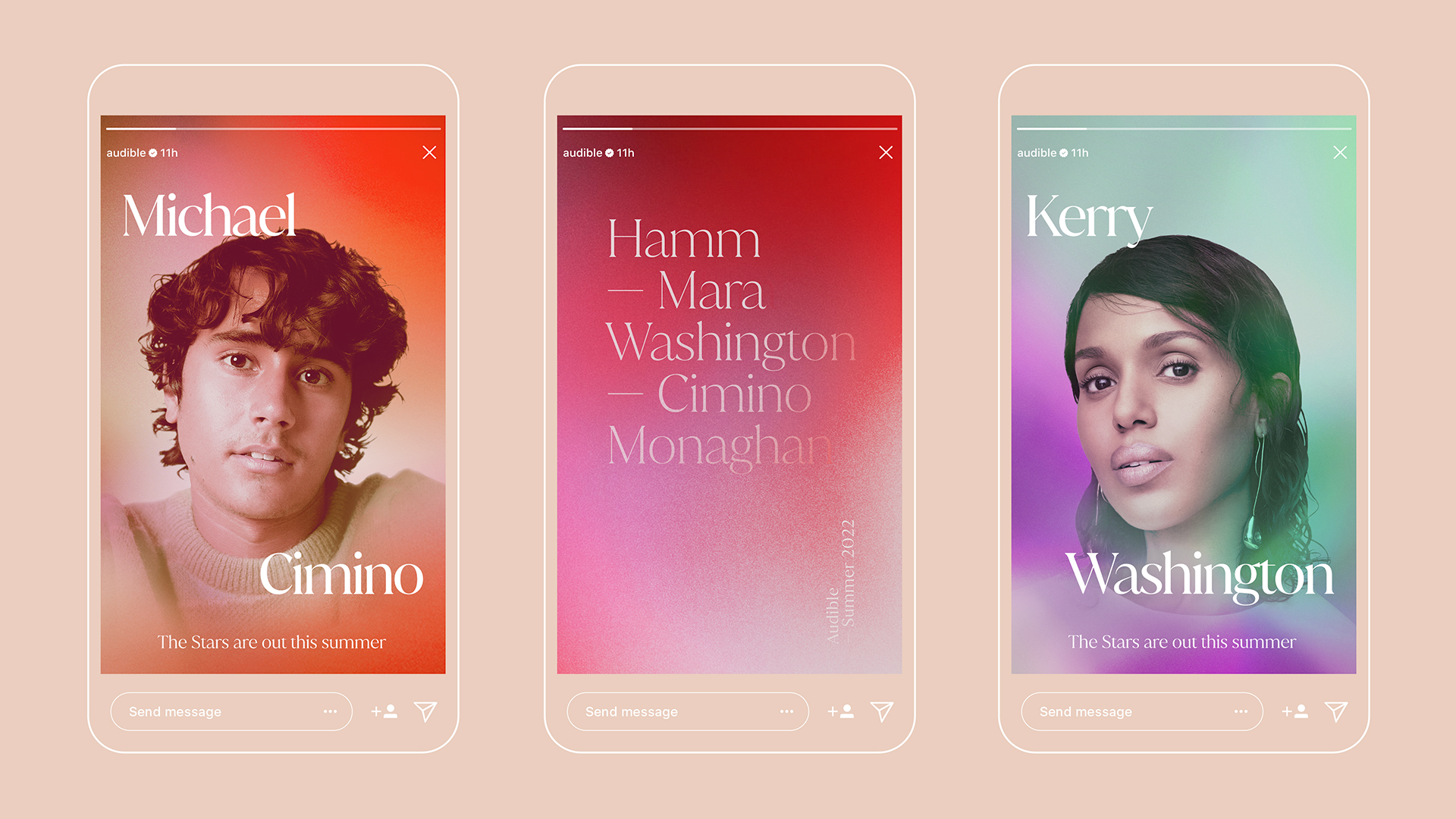
Who's your dream client?
More in-house design teams. I feel we’re at a turning point with in-house creatives. I’d heard that in the US, 90% of design work is done in-house. There’s a massive amount of talent there, but there’s still a perception that in-house talent is not as creative as in agencies.
It’s a big misconception, because we know amazing work is happening there, but they don’t talk about it as much. We’ve been working with Reckitt’s in-house design team for over four years, raising its profile and getting them recognised for the work they do. It’s had a really positive effect on them, plus they are a joy to work with. We’d love more clients like this.

What career advice would you give your younger self?
Claire, don’t listen to your career’s advisor!
Seriously though, I’d want to go back and educate not just myself, but my teachers and careers advisors, on the many exciting roles in the world of design. Hopefully through my role with the Creative Industries Alliance I’ll be able to address this.
I’d urge everyone to check out the Creative Industry Alliance website and sign the petition to save art and design in schools. It needs the whole industry to do this, and we’ve got great conversations starting to happen with designers, artists, directors, musicians and writers, who all found their voices through art. Watch this space!
Find out more about Red Setter and the Creative Industry Alliance.
Get the Creative Bloq Newsletter
Daily design news, reviews, how-tos and more, as picked by the editors.

Thank you for reading 5 articles this month* Join now for unlimited access
Enjoy your first month for just £1 / $1 / €1
*Read 5 free articles per month without a subscription

Join now for unlimited access
Try first month for just £1 / $1 / €1
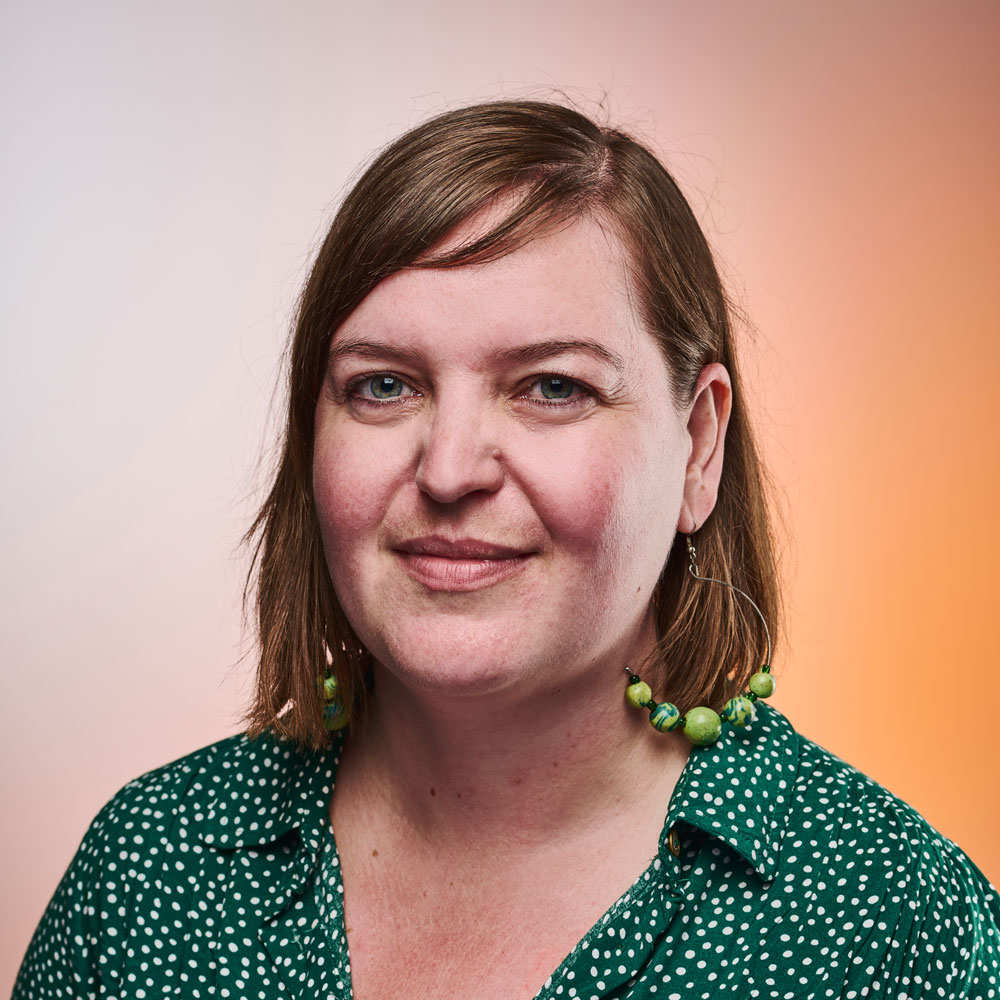
Rosie Hilder is Creative Bloq's Deputy Editor. After beginning her career in journalism in Argentina – where she worked as Deputy Editor of Time Out Buenos Aires – she moved back to the UK and joined Future Plc in 2016. Since then, she's worked as Operations Editor on magazines including Computer Arts, 3D World and Paint & Draw and Mac|Life. In 2018, she joined Creative Bloq, where she now assists with the daily management of the site, including growing the site's reach, getting involved in events, such as judging the Brand Impact Awards, and helping make sure our content serves the reader as best it can.
